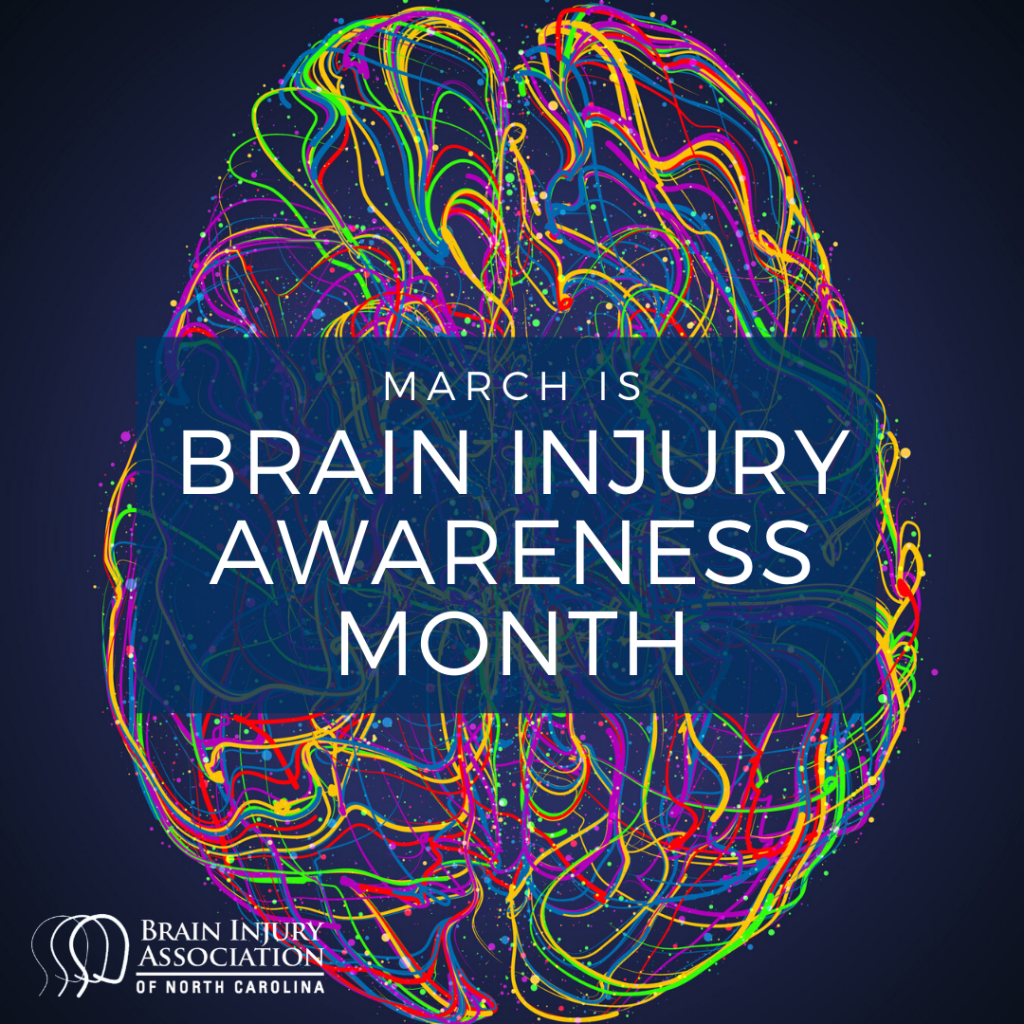|
This blog post was originally published on 3/8/2021. It has been updated with additional content and resources. Every March, organizations across the globe recognize Brain Injury Awareness to shed light on the millions of individuals and their families living with the impacts of brain injury. In the United States, over 5 million children and adults are living with brain injury.
A brain injury is defined as an external or internal insult to the brain which impacts how someone thinks, feels, behaves, and experiences the world around them. Several sub-definitions of brain injury provide further ways to classify the type of injury that has been sustained: Acquired Brain Injury (ABI): Occurs after birth. Not developmental or hereditary in nature. There are two types of ABI.
The challenges that accompany a brain injury are often “invisible”. There may be greater effects on internal functioning like memory, thinking, attention, mood, and navigation through social relationships. For some, there are changes in physical functioning, appearance, and speech production. Individuals who have sustained a brain injury may work with a team of professionals to help them along with their healing journey, including:
Resources/References: American Stroke Association Brain Injury Association of America Brain Injury Association of Georgia Brain Injury Association of Maryland Brain Injury Association of North Carolina Brainline Centers for Disease Control & Prevention Constant Therapy Love Your Brain - Mindful March Campaign National Aphasia Association Comments are closed.
|
Devon Brunson, MS, CCC-SLP, CBISWelcome to the CSL Blog - musings about treatment, education, care, and advocacy. Archives
June 2024
Categories |

 RSS Feed
RSS Feed